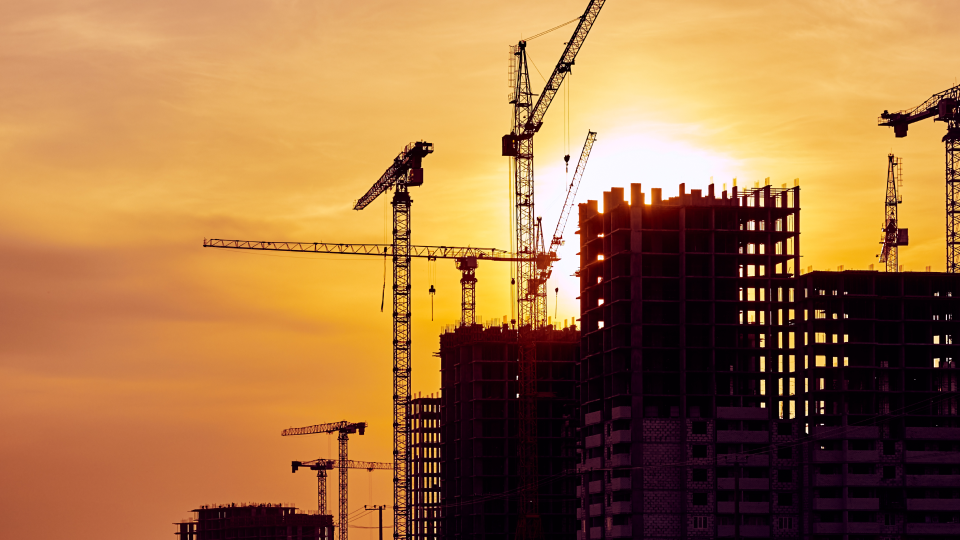Real estate
The UK’s towns and cities prioritize the establishment of a resilient and sustainable environment as a core element of their economic goals. The real estate sector plays a crucial role in developing, repurposing, and regenerating various asset classes, while also supporting key industries such as life sciences and advanced manufacturing. With a workforce of over 12 million individuals, the property sector annually contributes £1.7 billion to the UK’s GDP.

Opportunity highlights
The UK continues to be the top choice for international capital, leading the way in:
- Green building design
- Green construction
- Sustainable asset utilization
- Repurposing existing assets
- Green finance
Property development companies in the UK adhere to innovative and world-class standards when creating mixed-use urban environments. They have pioneered decarbonization strategies for existing assets and facilitated the emergence of green asset portfolios, providing attractive options for real estate investors.
Investors have established platforms to diversify into both traditional and emerging asset classes, including operational real estate. The UK offers impressive returns, with a projected annual return of 7.1% (as per the IPF) and a 5-year average property investment forecast.
Commercial maturity
The UK’s real estate market is the preferred destination for sovereign and institutional capital due to factors such as its time zone, robust legal framework, and common language. Additionally, the UK’s achievements in environmental decarbonization make it an attractive choice.
Prominent advisory firm JLL is now making confident projections that overseas investment in UK real estate will surpass the £60 billion invested in the previous year.
UK assets
The UK real estate market continues to demonstrate strength, particularly in sectors such as industrial and logistics, residential and student housing, London and regional offices.
Additionally, there is an increasing diversification of the real estate market as international investors seek new opportunities for returns. Some notable areas of investment include:
Life Sciences
Unprecedented investor appetite has been observed in specialist life sciences real estate, with over £2 billion invested. The sector is expected to attract around £20 billion in capital, driven by high demand and constrained supply.
Logistics
Strong demand and limited supply are expected to lead to rising rents for well-located logistics assets. Yields may continue to compress as less specialized investors seek entry through M&A and joint ventures.
Urban Development
Changes in living and working patterns create opportunities for repurposing and regenerating existing properties, as well as developing new sustainable communities. Technology and sustainability options provide innovative investment models.
Retirement Living
With an aging population, there is potential for innovation and growth in the retirement living sector, where there is a need for high-quality housing with care in suitable locations.
Residential and Student Housing
Residential property has performed well during the pandemic, and investment in institutional rental property is expected to reach new records in the coming years.
Offices
Office take-up is making a comeback in 2022, particularly in central London. Organizations are focusing on flexibility, ESG (Environmental, Social, and Governance) criteria, and meeting employee lifestyle needs, which is driving the development of future-proof office spaces. This trend is creating value-added opportunities in various UK cities.
R&D capability
The UK’s Building Research Establishment (BRE) is a renowned organization that provides innovative products, standards, and qualifications. These resources are utilized worldwide to enhance the quality of real estate, benefiting people, the environment, and investors.
One of BRE’s notable contributions is the BREEAM rating, which stands as the world’s foremost sustainability assessment method for projects involving master planning, infrastructure, and buildings.



